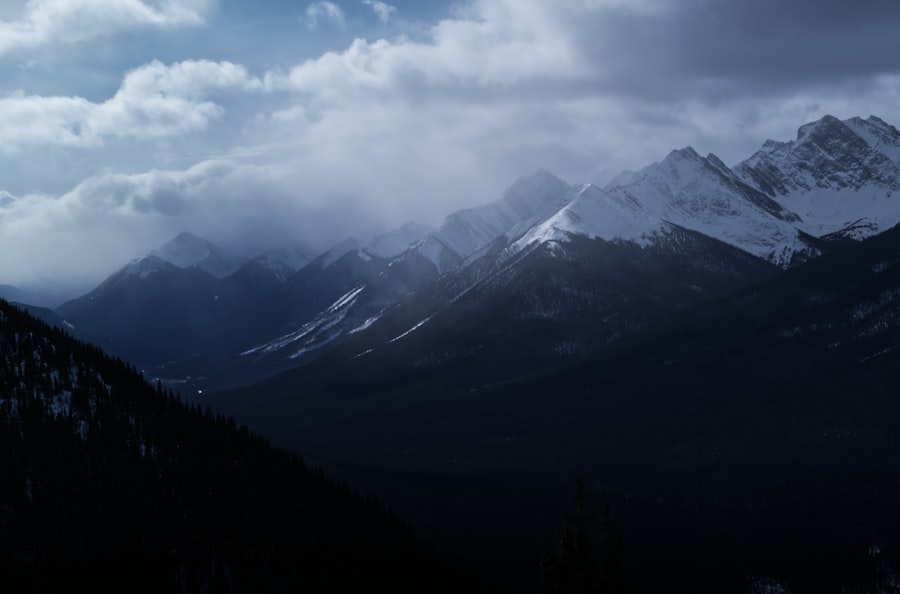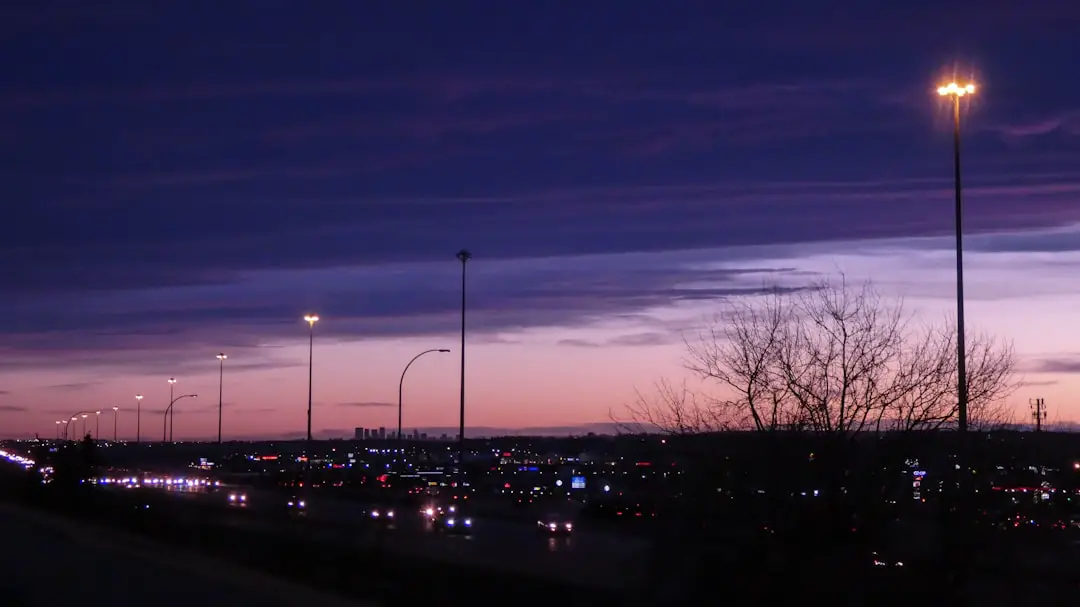As the chill of winter recedes, spring emerges as a vibrant tapestry of colors and fragrances in Charleston, South Carolina. This season is characterized by mild temperatures, typically ranging from the mid-50s to the low 80s Fahrenheit, making it an ideal time for outdoor activities. The city’s gardens and parks come alive with blooming azaleas, dogwoods, and magnolias, creating a picturesque backdrop for leisurely strolls.
The annual Festival of Houses and Gardens, held in March and April, invites visitors to explore some of Charleston’s most exquisite private gardens and historic homes. This event not only showcases the city’s rich architectural heritage but also highlights the horticultural beauty that flourishes during this time. In addition to the visual splendor, spring in Charleston is marked by a plethora of events that celebrate the local culture and community.
The Spoleto Festival USA, which typically kicks off in late May, features a diverse array of performances ranging from opera to dance, attracting artists and audiences from around the globe. The mild weather allows for outdoor performances and gatherings, enhancing the overall experience. Furthermore, spring is an excellent time for culinary exploration, as local farmers’ markets burst with fresh produce, allowing chefs to create seasonal dishes that reflect the region’s agricultural bounty.
The combination of blooming gardens, cultural festivities, and culinary delights makes spring an enchanting time to visit Charleston.
Key Takeaways
- Spring in Charleston offers blooming gardens and mild temperatures, making it the perfect time to visit for nature lovers and outdoor enthusiasts.
- Summer is the ideal season to enjoy the beaches and festivals in Charleston, with plenty of outdoor activities and events to keep visitors entertained.
- Fall in Charleston brings cooler weather and colorful foliage, providing a charming and picturesque backdrop for exploring the city.
- Winter is a great time to explore Charleston’s historic sites and holiday events, with fewer crowds and a festive atmosphere.
- Off-season in Charleston allows visitors to take advantage of lower prices and smaller crowds, making it an ideal time for budget-conscious travelers.
Summer: Enjoying the Beaches and Festivals in Charleston
Summer in Charleston is synonymous with sun-soaked days and vibrant festivities. With temperatures often soaring into the high 80s and low 90s Fahrenheit, the coastal city becomes a haven for beachgoers seeking relief from the heat. Folly Beach and Isle of Palms are two popular destinations where visitors can bask in the sun, swim in the Atlantic Ocean, or engage in water sports such as paddleboarding and kayaking.
The warm waters provide an inviting escape, while the sandy shores offer ample space for relaxation or beach games. Families flock to these beaches, creating a lively atmosphere filled with laughter and joy. In addition to beach activities, summer is a season rich with festivals that celebrate Charleston’s unique culture.
The Lowcountry Oyster Festival, held in January but often anticipated during the summer months, showcases the region’s seafood heritage with fresh oysters served in various styles. The Spoleto Festival USA continues into June, featuring an eclectic mix of performances that captivate audiences. Moreover, the city hosts numerous outdoor concerts and movie nights in parks, allowing residents and tourists alike to enjoy warm evenings under the stars.
The combination of beach fun and cultural events makes summer an exhilarating time to experience all that Charleston has to offer.
Fall: Experience the Charm of Charleston with Cooler Weather and Colorful Foliage

As summer fades into fall, Charleston transforms into a canvas of warm hues—golden yellows, deep oranges, and rich reds paint the landscape. The cooler temperatures, typically ranging from the mid-50s to the mid-70s Fahrenheit, create a comfortable environment for exploring the city’s historic sites and outdoor attractions. One of the most delightful aspects of fall in Charleston is the opportunity to witness the changing foliage in places like Waterfront Park and Magnolia Plantation.
These locations provide stunning views of nature’s artistry as leaves transition from green to vibrant shades. Fall also brings a sense of festivity to Charleston, with events that celebrate both the harvest season and local traditions. The MOJA Arts Festival, held in early October, showcases African American and Caribbean arts through music, dance, visual arts, and culinary experiences.
This festival not only highlights the cultural diversity of Charleston but also fosters community engagement. Additionally, Halloween festivities abound in October, with haunted tours that explore the city’s ghostly history. Visitors can delve into Charleston’s past while enjoying the spooky atmosphere that permeates the streets during this time of year.
Winter: Exploring Charleston’s Historic Sites and Holiday Events
| Historic Sites | Holiday Events |
|---|---|
| Fort Sumter National Monument | Charleston Christmas Parade |
| Charleston Museum | Holiday Festival of Lights |
| Old Slave Mart Museum | Charleston Holiday Market |
| Heyward-Washington House | Charleston Reindeer Run |
Winter in Charleston offers a unique charm that captivates visitors with its historic allure and festive spirit. While temperatures can dip into the 40s at night, daytime highs often reach the 50s and 60s Fahrenheit, making it a pleasant time for exploration. The city’s historic district is particularly enchanting during this season, as many homes and public spaces are adorned with holiday decorations that reflect Charleston’s rich history.
Walking tours through cobblestone streets lined with antebellum architecture provide a glimpse into the past while showcasing the city’s holiday spirit. The holiday season brings a variety of events that highlight Charleston’s cultural heritage. The Holiday Festival of Lights at James Island County Park is a must-see attraction featuring millions of twinkling lights displayed throughout the park.
Visitors can stroll through illuminated pathways or enjoy festive activities such as train rides and s’mores by the fire. Additionally, many local restaurants offer special holiday menus that showcase traditional Southern cuisine with a festive twist. Winter in Charleston is not just about cooler temperatures; it’s a time when history comes alive through celebrations that honor both tradition and community.
Off-Season: Taking Advantage of Lower Prices and Smaller Crowds
Traveling to Charleston during the off-season—typically from late fall through early spring—presents an opportunity for visitors to experience the city without the hustle and bustle of peak tourist traffic. During this time, hotel rates often drop significantly, making it more affordable for travelers to enjoy luxurious accommodations or charming bed-and-breakfasts. Additionally, many attractions offer discounted admission prices or special promotions aimed at attracting visitors during these quieter months.
The off-season also allows for a more intimate experience when exploring Charleston’s historic sites and cultural landmarks. With fewer crowds at popular destinations such as Fort Sumter National Monument or The Battery, visitors can take their time soaking in the history without feeling rushed or overwhelmed. Local restaurants are often less crowded as well, providing an opportunity to savor Southern cuisine at a leisurely pace.
This period is ideal for those who appreciate a slower travel experience where they can engage more deeply with the local culture and community.
Peak Season: Navigating the High Tourist Traffic and Popular Events

Charleston’s peak season typically spans from late spring through early fall when tourists flock to the city for its warm weather and vibrant events. During this time, hotel prices surge due to high demand, and popular attractions can become crowded with visitors eager to experience everything Charleston has to offer. While this bustling atmosphere can be exhilarating, it also requires some strategic planning to navigate effectively.
To make the most of a visit during peak season, travelers should consider booking accommodations well in advance to secure better rates and availability. Additionally, purchasing tickets for popular events or attractions ahead of time can help avoid long lines and ensure entry during busy periods. Engaging in early morning or late afternoon activities can also provide a more enjoyable experience as crowds tend to be thinner during these times.
Despite the challenges posed by high tourist traffic, peak season offers an array of exciting events such as Spoleto Festival USA and various food festivals that showcase Charleston’s culinary scene.
Shoulder Season: Finding a Balance between Good Weather and Lower Prices
The shoulder season—typically occurring in late spring (after Easter) and early fall (before Halloween)—is often regarded as one of the best times to visit Charleston due to its favorable weather conditions combined with moderate tourist traffic. During these transitional periods, temperatures are generally pleasant, ranging from the mid-60s to mid-80s Fahrenheit, making it ideal for outdoor activities such as walking tours or beach outings without extreme heat. Travelers visiting during shoulder season can take advantage of lower prices compared to peak season while still enjoying many of the same attractions and events.
Accommodations may offer discounted rates as demand decreases slightly after major holidays or festivals. Additionally, many local businesses may have special promotions or packages aimed at attracting visitors during these quieter months. This balance between good weather and affordability makes shoulder season an appealing option for those looking to experience Charleston’s charm without breaking the bank.
Best Time for Specific Activities: Choosing the Ideal Season for Outdoor Recreation, Cultural Events, or Culinary Experiences
When planning a trip to Charleston, considering specific activities can greatly enhance the overall experience by aligning visits with optimal seasonal conditions. For outdoor recreation enthusiasts, spring is ideal for hiking or biking along scenic trails such as those found in Francis Marion National Forest or along the waterfront at Waterfront Park. The mild temperatures make physical activities enjoyable without the discomfort of summer heat.
For those interested in cultural events, late spring through early summer is prime time due to festivals like Spoleto Festival USA that showcase diverse artistic performances across various genres. Culinary experiences also shine during this period when local farmers’ markets are brimming with fresh produce that chefs incorporate into seasonal menus at restaurants throughout the city. Conversely, if culinary exploration is a priority, fall offers an abundance of food festivals celebrating local flavors—such as the Taste of Charleston—where visitors can sample dishes from various restaurants while enjoying live music in a festive atmosphere.
Each season presents unique opportunities tailored to different interests; thus understanding these nuances allows travelers to curate their ideal Charleston experience based on their preferences for outdoor recreation, cultural immersion, or culinary delights.
If you’re planning a trip to Charleston, you may want to consider investing in a portable white noise machine for travel. This handy device can help drown out any unwanted noise while you relax in your hotel room or try to catch some sleep on a long flight. Check out this article on the best portable white noise machines for travel to find the perfect one for your upcoming trip.
FAQs
What is the best time to travel to Charleston?
The best time to travel to Charleston is during the spring months of March to May and the fall months of September to November. These times offer pleasant weather and fewer crowds.
What is the weather like in Charleston during the best times to travel?
During the spring and fall, Charleston experiences mild temperatures with low humidity, making it an ideal time for outdoor activities and sightseeing.
Are there any events or festivals during the best times to travel to Charleston?
Charleston hosts several events and festivals during the spring and fall, including the Charleston Wine + Food Festival in March and the MOJA Arts Festival in September, offering visitors a chance to experience the city’s culture and cuisine.
What are the peak tourist seasons in Charleston?
The peak tourist seasons in Charleston are during the summer months of June to August and the winter holiday season. During these times, the city experiences higher temperatures and increased tourist crowds.
What are the off-peak seasons in Charleston?
The off-peak seasons in Charleston are during the winter months of December to February and the late summer months of August to September. These times offer lower hotel rates and fewer crowds.
